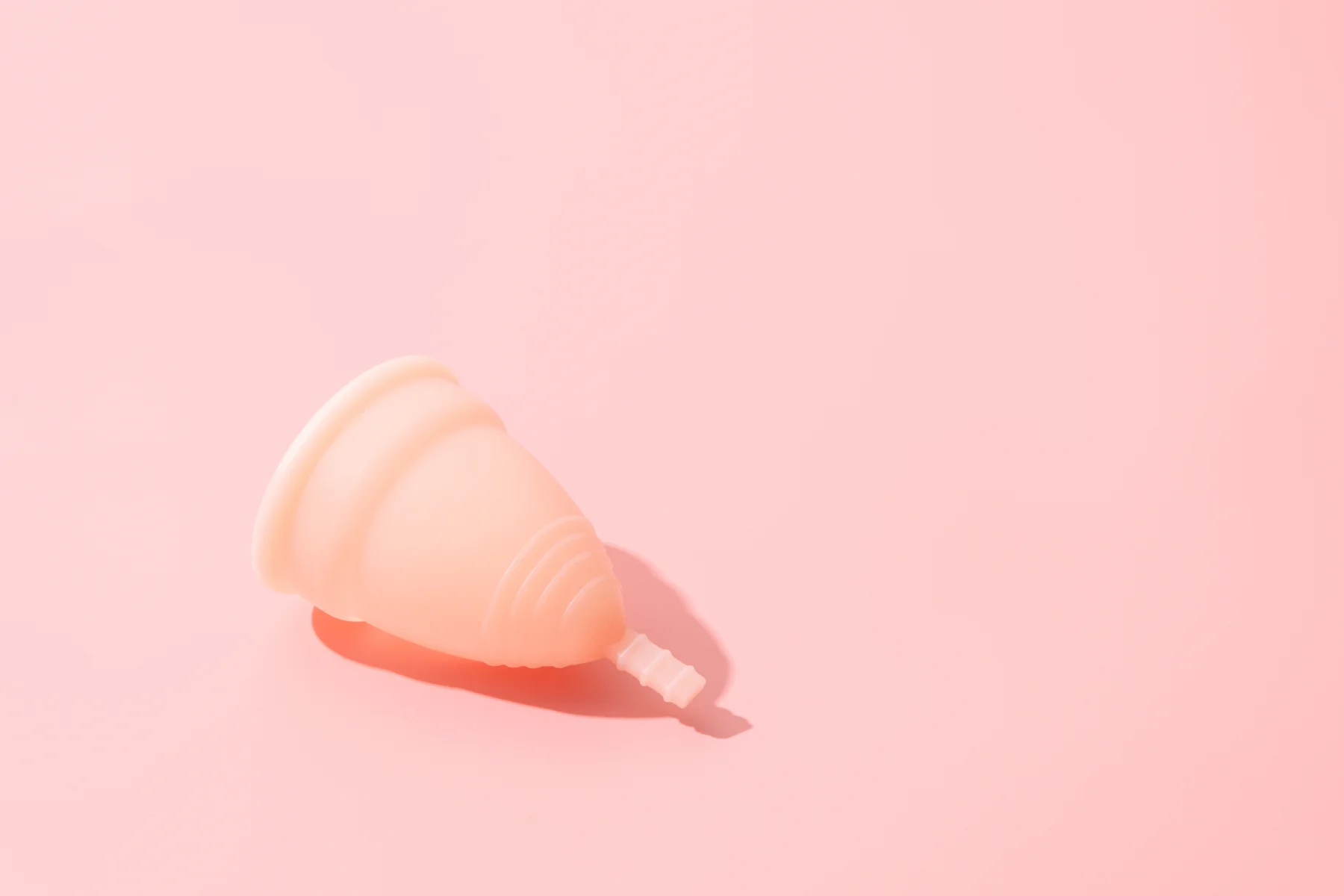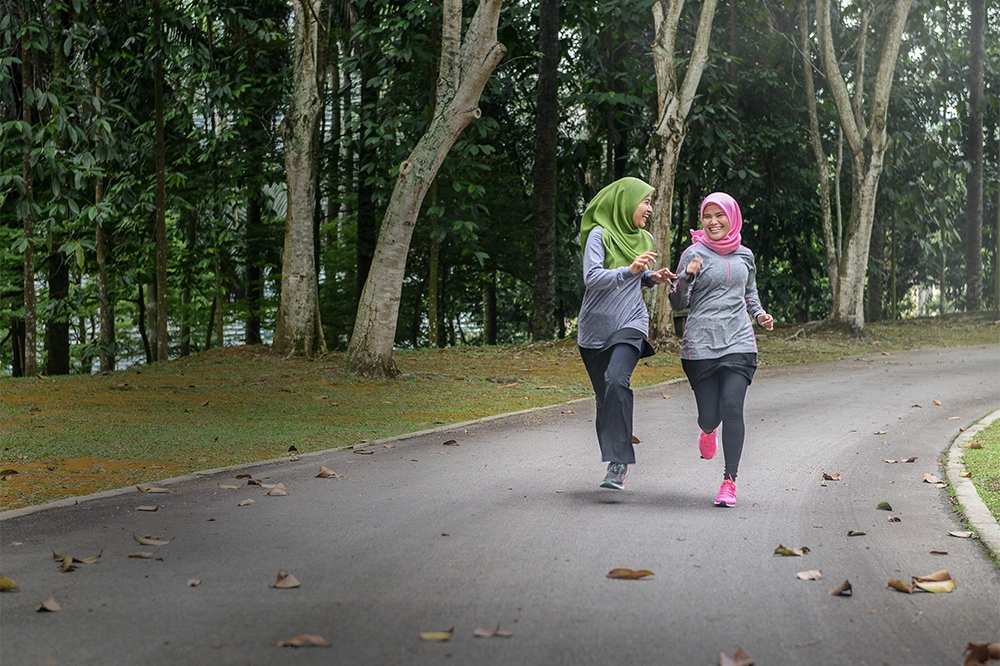Topics
Anatomy of the spine
The spine is made up of the following parts:
-
Vertebrae
The adult human spine consists of 33 vertebrae (small bones) that are positioned on top of each other to form the natural curves of your back. These vertebrae protect the spinal cord and nerve roots.
- 7 cervical vertebrae
- 12 thoracic vertebrae
- 5 lumbar vertebrae
- 5 sacral vertebrae (fused to form the sacrum)
- 4 coccygeal vertebrae (fused to form the tailbone)
-
Spinal cord and nerves
The spinal cord is a column of nerves that connects your brain to the rest of your body. The spinal cord ends at the first and second lumbar vertebrae and continues as nerve roots called cauda equina.
-
Intervertebral discs
The intervertebral discs are flat, round cushions between the vertebrae. Each disc is approximately half an inch thick. They are composed of two components: the nucleus pulposus (gel-like centre) and annulus fibrosus (outer ring).
-
Facet joints
The small joints that help the spine move are called facet joints, which play an important role in the rotation of the spine. These joints can be a potential source of pain and are common causes of low back pain.
When to visit a spine specialist
If you have any of the symptoms below, you should make an appointment with your doctor to be evaluated.
Persistent pain in your lower back or neck
Low back pain can be caused by strain, tension, or injury, which may happen due to bad posture, lifting heavy objects, or awkward movements. Back pain can range from mild to severe.
Neck pain typically subsides after a few days or weeks. However, pain that persists for months may indicate an underlying medical condition that requires treatment.
Radiating pain
Radiating pain refers to pain that travels from one part of the body to another.
Numbness or tingling sensations in your extremities
Numbness is usually accompanied by tingling sensations (pins and needles), which could indicate nerve compression.
Ways to keep your spine healthy
- 1. Practice good posture
Maintaining good posture is essential to ensure that your spine is healthy. Correct posture is the first and most crucial step in preventing the majority of back disorders.
- Keep your back straight while sitting or standing.
- Avoid slouching forward or overly leaning into the chair while seated.
- Avoid sitting for long hours.
- Regularly get up, move about, and stretch your neck and back to maintain flexibility and prevent them from tightening.
- 2. Exercise and stretch regularly
- A simple exercise regimen includes stretching and strengthening your back, abdominal, and hamstring muscles.
- 3. Sleep well
- Sleep on a firm or medium firm mattress, as a good mattress can support your spine.
- Sleep on your side with a pillow between your knees or on your back with a pillow beneath your knees to relieve pressure on your lower back.
- 4. Maintain a healthy weight
- Being overweight places additional stress on your muscles, ligaments, and tendons, especially in your back.
- Adopt a nutritious diet and exercise regularly to preserve a good height-to-weight ratio.
- 5. Eat a balanced diet
- Calcium and Vitamin D are vital for optimal spine and bone health. Some food sources that should be consumed regularly include cottage cheese, yoghurt, broccoli, salmon, and eggs.
- Avoid inflammatory and processed foods that are high in trans fat, such as hot dogs, red meat, crackers, and fried foods, that can lead to weight gain.
- 6. Wear shoes with good support
- Avoid shoes that are too tight or are of the wrong size and shape.
- Good shoes offer a solid base that maintains the alignment of the spine.
- 7. Use proper techniques to lift weight
- Incorrect form and/or posture while lifting weights can cause spinal joints to lock or even rupture, resulting in excruciating pain that can take months to heal.
Book an appointment at Gleneagles Hospitals
Speak to your doctor to know more about your spinal health. The caring and multidisciplinary team of healthcare professionals are available for consultation and to provide the best care.
Get in touch with us to book an appointment with an Orthopaedic specialist at Gleneagles Hospital today.












.webp?sfvrsn=a6d32366_7)








































.webp?sfvrsn=91e22b26_8)












